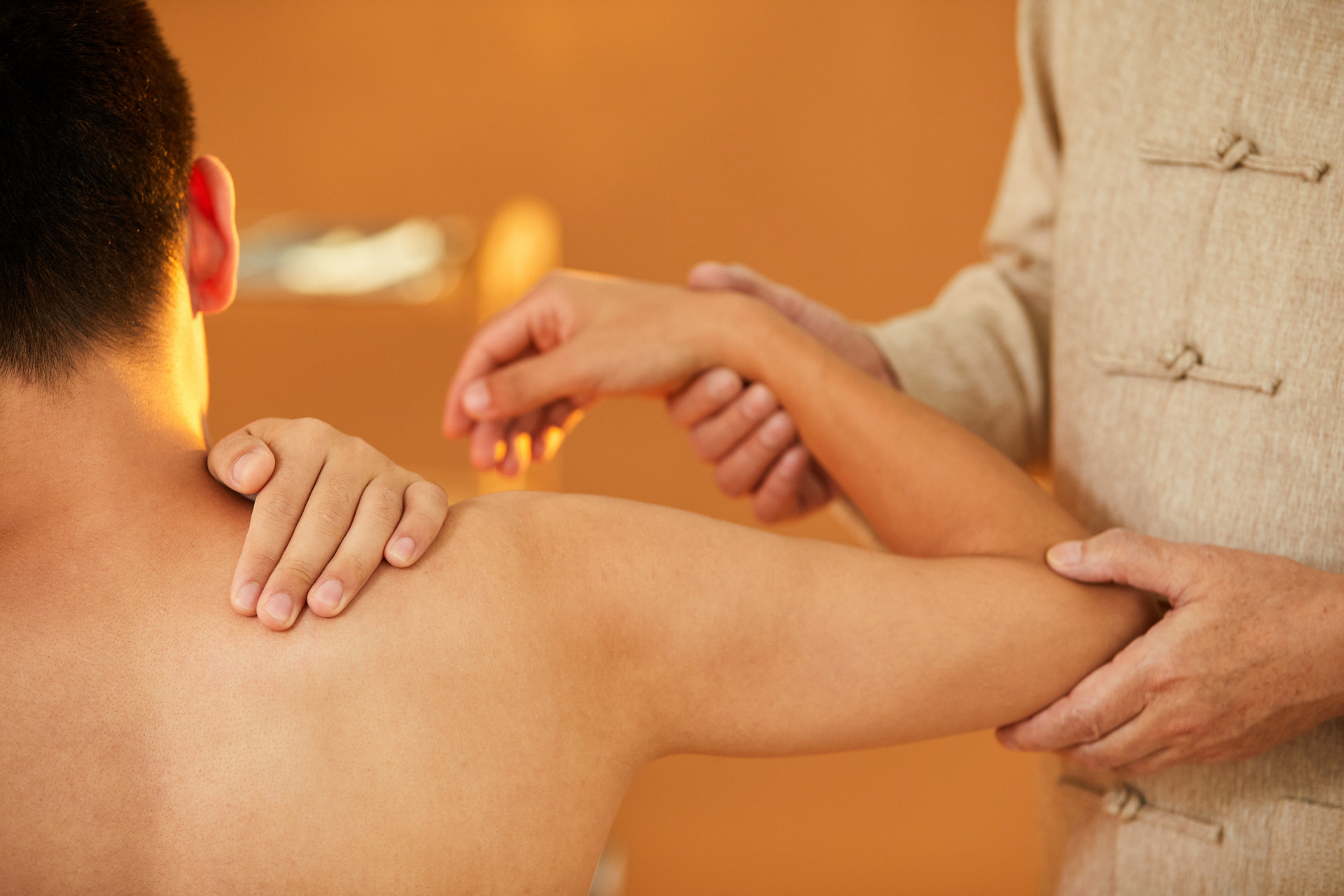Cough is a common condition in pediatric clinical practice, with most cases being caused by external factors such as wind-cold and wind-heat. The lungs are delicate organs, especially in children, where wind-cold and wind-heat pathogens can affect the surface of the muscles, obstruct the flow of lung qi, disrupt its clear and descending function, and generate phlegm, leading to cough. This can then affect sleep and appetite, causing irritability in children. Severe coughing can even lead to vomiting, significantly impacting daily life.
Lung meridian involvement, originating from the stomach and intestines
Cough in children is simpler compared to adults, as it is usually caused by external pathogens. It is often characterized by coughing with phlegm and nasal congestion. If it is caused by wind-cold, the phlegm and nasal discharge are clear and white, without sweating, and the tongue coating is white. If it is caused by wind-heat, the phlegm and nasal discharge are yellow and thick, accompanied by sweating, sore throat, and thirst. Based on these symptoms, we can determine that cough is a lung-related disorder. However, in clinical practice, cough is often accompanied by underlying mechanisms, such as food stagnation and internal heat accumulation, which can be aggravated by external cold pathogens. The accumulation of heat in the stomach and intestines can affect the lungs and combine with external pathogens, resulting in coughing. This is known as the "cold enclosing fire" mechanism. These children often exhibit recent overeating, repeated exposure to cold, initial clear nasal discharge, and later a cough with a coarse and heavy sound, and the phlegm becomes yellow and thick. They may also have a thick and greasy tongue coating and dry stools.
By using meridian examination, we can identify the location of the disease. Cough is most prominently related to abnormalities in the lung meridian. Specifically, there are usually larger nodules beneath the Pericardium-6 (Neiguan) acupoint along the Lung meridian, which are generally softer compared to adults (who usually have harder nodules). There may also be a sense of stagnation or resistance above and below the acupoint. In children with dry stools, there may be nodules or increased tension in the lower segment of the Large Intestine meridian at the Quchi acupoint. Abnormalities may also be observed in the upper segment of the Yangming Stomach meridian. By combining these findings, we can determine that the cough is related to the lung meridian, originating from the stomach and intestines. Meridian examination not only helps determine the nature and invasion route of the pathogenic factors but also allows the abstract diagnostic thinking to become more concrete, enabling the clinician to observe the changes in the disease mechanism.
Emphasizing meridian therapy, addressing both superficial and deep causes
By identifying the affected meridians, we can "treat the symptoms in urgent cases and the root cause in chronic cases." Although children have delicate organs, their deficiencies and excesses can be adjusted through gentle and soft meridian massage. Through clinical verification, gently massaging the Lung meridian, especially the prominent nodules at the Pericardium-6 (Neiguan) acupoint, can quickly promote the smooth flow of lung meridian qi and the dissemination of lung qi, which is the key to treating cough.
To achieve stable therapeutic effects, it is also important to regulate the Yangming meridian, dissolve the accumulation of the stomach and intestines, and address the root cause of the disease. For children with constipation, abdominal massage should be added in addition to the treatment of the Yangming meridian. For children with excess heat and a strong physique, cupping therapy at the Dazhui acupoint can be administered. In meridian massage, traditional pediatric techniques such as lung meridian rubbing, Qing Tianhe Shui, and reverse movement of the Eight Trigrams can also be combined. For those with wind-cold symptoms, pinching and rubbing the Er Shan Men acupoint and applying moxibustion at the Dazhui and Feishu acupoints can be helpful.
Supplementing treatment with proper nurturing
Since children often have food stagnation and a preference for consuming raw and cold food that is difficult to digest, parents should be advised to adjust their diet during treatment, temporarily avoiding foods high in calories such as eggs and dairy products. In general, one treatment session is effective, and even complete recovery is not uncommon. For children with severe gastrointestinal stagnation, additional meridian massage targeting the stomach and intestines should be performed in the later stages of treatment. During follow-up visits, the greasy tongue coating of the child is generally reduced by half, and symptoms such as red face, red tongue, cough, and wheezing are alleviated. Subsequent treatments can lead to complete recovery.
Case study: Rui Rui, male, 5 years old. Chief complaint: Cough for 3 days, worsening for 1 day. The child is robust, with an adult-like appetite and a preference for meat. Three days ago, he experienced wind-cold symptoms, followed by coughing. Over-the-counter cough medicine did not provide relief, and the cough worsened yesterday, causing continuous coughing and multiple episodes of vomiting, prompting the visit. At the time of the visit, the child had severe and coarse coughing, red face, greasy tongue coating, and constipated stools (one bowel movement per day).
Meridian examination: Abnormalities in the lung and large intestine meridians, with the disease originating from the Taiyin and Yangming meridians.
Treatment: The above treatment method was administered once, and the cough significantly decreased. After two sessions, the cough completely resolved.
Clinical insight: The key to using meridian medicine theory to guide pediatric meridian massage lies in two aspects. Firstly, meridian examination helps to recognize the disease mechanism, particularly in the diagnosis of cough, where clear abnormalities can be found in the Taiyin and Yangming meridians. The abnormalities are especially prominent at the combined acupoints of the Taiyin and Yangming meridians, as described in the "Plain Questions · Cough Theory": "The skin and hair belong to the lungs, and the skin and hair are the first to be affected by pathogenic factors, which follow the combined acupoints." Secondly, it helps the massage therapist to select the appropriate meridians for treatment. Based on the characteristics of the symptoms and the findings of the examination, the invasion path and the state of the organs affected by the disease are clear. In this case, the treatment was chosen based on the judgment of "lung meridian involvement, originating from the stomach and intestines," and the Taiyin and Yangming meridians were selected for treatment. Traditional massage techniques targeting wind-cold, wind-heat, phlegm stagnation, and food stagnation were also combined, resulting in a more rapid and stable therapeutic effect.







